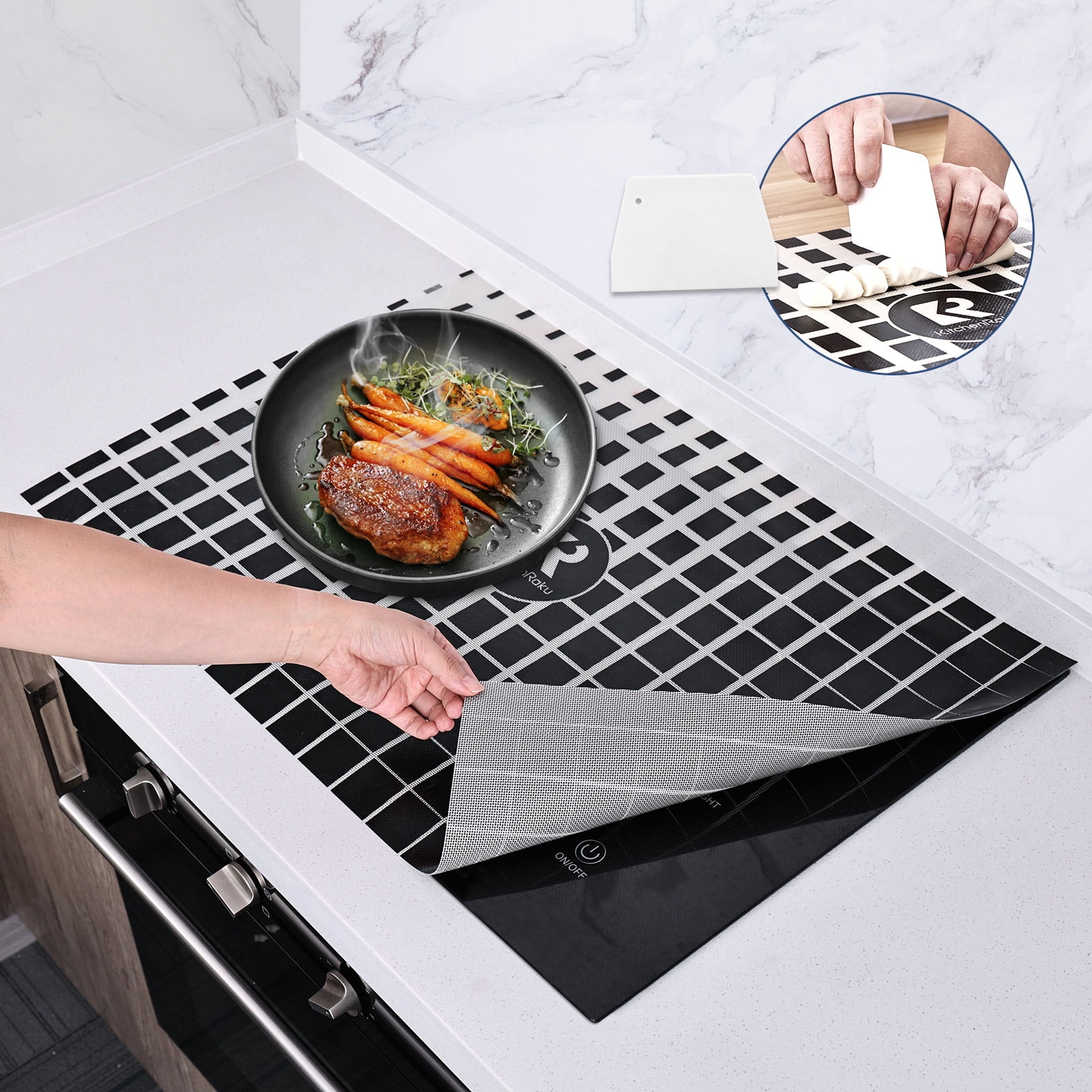Unlock The Secrets Of Electric Stove Cords: Your Guide To Reliable Power
When it comes to cooking, having a reliable electric stove is essential. But what good is a stove without a dependable cord? Electric stove cords are often overlooked, but they play a crucial role in ensuring your stove functions safely and efficiently. In this comprehensive guide, we’ll unlock the secrets of electric stove cords, empowering you with the knowledge to maintain a reliable power source for your culinary adventures.

Pain Points In Electric Stove Cords
Electric stove cords can be a source of frustration when they malfunction. Frayed wires, loose connections, and overheating can all lead to safety hazards and unreliable cooking experiences. These issues can interrupt your cooking flow, damage your stove, or even pose a fire risk. Understanding the causes and solutions to these problems is essential for maintaining a safe and functional electric stove.
The Solution: Secrets Of Electric Stove Cords
Unlocking the secrets of electric stove cords lies in understanding their construction, proper usage, and maintenance. By following best practices, you can prevent common cord issues and ensure your stove operates at its optimal performance. In this guide, we will delve into the key aspects of electric stove cords, empowering you with the knowledge to keep your cooking appliances running smoothly.
Electric Stove Cords: Unveiling The Secrets
Electric stove cords are designed to carry a significant amount of electricity, enabling the stove to heat up quickly and efficiently. They typically consist of three wires: one hot wire, one neutral wire, and one ground wire. The hot wire carries the electrical current, while the neutral wire provides a return path for the current. The ground wire serves as a safety measure, providing a path for excess electricity to escape in case of a fault.
History And Myths Of Electric Stove Cords
Electric stove cords have evolved over the years, with advancements in materials and safety features. In the early days, cords were made of rubber or cloth, which were prone to fraying and overheating. Today, cords are made of durable materials such as PVC or silicone, which provide better insulation and resistance to heat. Additionally, modern cords often incorporate built-in safety features, such as strain relief connectors, to prevent accidental disconnections.

Hidden Secrets Of Electric Stove Cords
Beyond their basic construction, electric stove cords hold some hidden secrets. One important feature is the “ampacity” of the cord, which refers to the maximum amount of current it can safely carry. Exceeding the ampacity of a cord can lead to overheating and damage. Another secret is the “UL-listing” of the cord, which indicates that it has been tested and approved by Underwriters Laboratories (UL) for safety and performance.
Recommendations For Electric Stove Cords
Selecting the right electric stove cord is crucial for ensuring safety and reliability. When choosing a cord, consider the following recommendations:
– Choose a cord with an ampacity that exceeds the maximum current draw of your stove.
– Look for a cord with a UL-listing to ensure it meets safety standards.
– Opt for a cord with a strain relief connector to prevent accidental disconnections.
– Consider the length of the cord and ensure it is long enough to reach your outlet without being taut.

Types Of Electric Stove Cords
Electric stove cords come in various types, each designed for specific applications. Some common types include:
– NEMA 10-30P: This cord has a 30-amp rating and is commonly used for electric stoves and ranges.
– NEMA 14-30P: With a 30-amp rating and a larger diameter, this cord is suitable for high-power appliances like electric ovens and clothes dryers.
– NEMA 6-15P: This cord has a 15-amp rating and is typically used for small appliances, such as toasters and coffee makers.
Tips For Electric Stove Cords
Proper usage and maintenance of electric stove cords can extend their lifespan and prevent safety issues. Here are some tips to keep in mind:
– Avoid running the cord over sharp objects or furniture, as this can damage the insulation.
– Keep the cord away from heat sources, as this can melt the insulation and create a fire hazard.
– Inspect the cord regularly for any signs of damage, such as fraying or loose connections.
– If you notice any damage, replace the cord immediately to prevent accidents.
Troubleshooting Electric Stove Cords
If you’re experiencing problems with your electric stove cord, here are some troubleshooting steps:
– Check the cord for any visible damage, such as fraying or loose connections.
– Ensure the cord is securely plugged into both the outlet and the stove.
– If the cord becomes hot or sparks, unplug it immediately and contact a qualified electrician.
– If the stove is not receiving power, try using a different outlet or a different cord.

Fun Facts About Electric Stove Cords
Did you know that the color of an electric stove cord indicates its voltage rating? For example, yellow cords are typically rated for 120 volts, while black cords are rated for 240 volts.
Another fun fact is that the ground wire in an electric stove cord is often green or bare copper. This is because green is associated with safety and copper is a good conductor of electricity.
How To Replace An Electric Stove Cord
Replacing an electric stove cord is a relatively simple task that can be completed in a few steps. However, it’s important to note that working with electricity can be dangerous, so it’s always best to consult with a qualified electrician if you’re not comfortable performing the task yourself.
Here’s a step-by-step guide on how to replace an electric stove cord:
1. Unplug the stove from the outlet.
2. Locate the cord strain relief connector on the back of the stove.
3. Use a screwdriver to loosen the screws on the strain relief connector and pull the old cord out.
4. Insert the new cord into the strain relief connector and tighten the screws.
5. Plug the stove back into the outlet and test it to make sure it works properly.

What If My Electric Stove Cord Is Damaged?
If you notice any signs of damage to your electric stove cord, it’s important to replace it immediately. A damaged cord can pose a safety hazard and could lead to an electrical fire. You should also replace the cord if it becomes excessively hot or if it sparks when plugged in.
To replace the cord, you can follow the steps outlined in the previous section. However, if you’re not comfortable working with electricity, it’s best to contact a qualified electrician to do the job for you.
Listicle Of Electric Stove Cords
Here’s a listicle summarizing the key points covered in this guide:
1. Electric stove cords are essential for providing power to your stove.
2. They consist of three wires: a hot wire, a neutral wire, and a ground wire.
3. Choose a cord with an ampacity that exceeds the maximum current draw of your stove.
4. Look for a cord with a UL-listing to ensure it meets safety standards.
5. Avoid running the cord over sharp objects or furniture.
6. Keep the cord away from heat sources.
7. Inspect the cord regularly for any signs of damage.
8. If you notice any damage, replace the cord immediately.
Question And Answer About Electric Stove Cords
Q: What is the ampacity of a typical electric stove cord?
A: The ampacity of a typical electric stove cord is 30 amps.
Q: What does the UL-listing on an electric stove cord indicate?
A: The UL-listing indicates that the cord has been tested and approved by Underwriters Laboratories (UL) for safety and performance.
Q: How often should I inspect my electric stove cord?
A: You should inspect your electric stove cord regularly for any signs of damage.
Q: What should I do if I notice damage to my electric stove cord?
A: If you notice any damage to your electric stove cord, you should replace it immediately.

Conclusion of Unlock The Secrets Of Electric Stove Cords: Your Guide To Reliable Power
Electric stove cords are an often-overlooked component of your cooking appliances, but they play a crucial role in ensuring safe and reliable operation. By understanding the inner workings, proper usage, and maintenance of electric stove cords, you can empower yourself to prevent common problems and maintain a well-functioning electric stove. Remember to always prioritize safety, and if you’re ever unsure about working with electricity, don’t hesitate to consult with a qualified professional. With the insights provided in this guide, you can unlock the secrets of electric stove cords and elevate your cooking experience to the next level.
